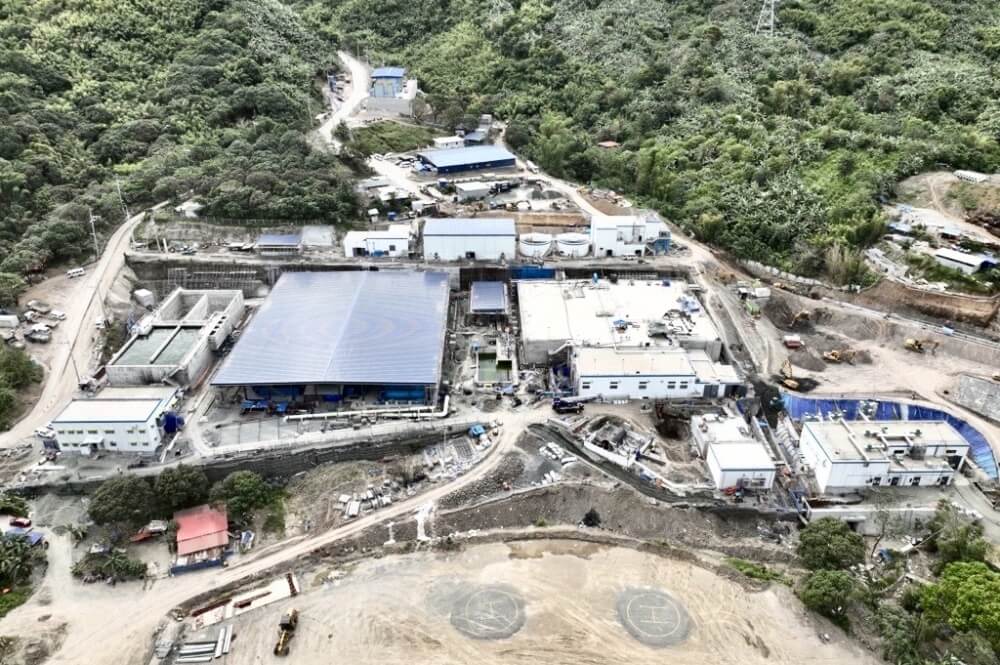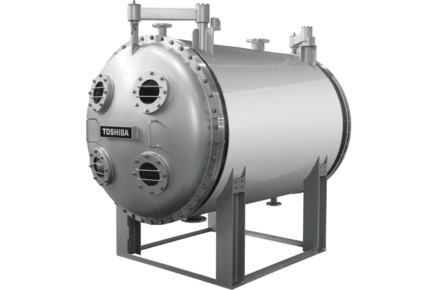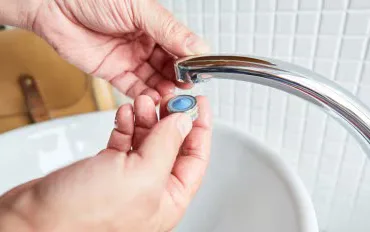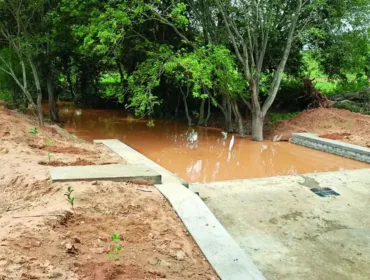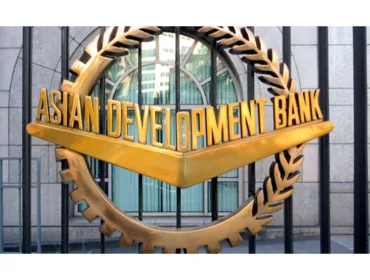The construction of the Wawa-Calawis Water Treatment Plant in Antipolo City, Rizal, is now 82% complete and currently in the testing and commissioning stage. It is set to provide an additional 438 MLD of water for more than 1 million people.
WD News: The P181-billion Service Improvement Plan of East Zone concessionaire Manila Water, anchored on the four pillars of sustainability, perfectly aligns with the thrust of the government to build more infrastructure that is climate resilient, supports conservation, and reduces the risks brought about by disasters.
Included in Manila Water’s Service Improvement Plan, which will be implemented from 2023 to 2027, are the construction of new water sources and needed infrastructure and the rehabilitation of its existing facilities.
As Metro Manila is still dependent on the Angat Dam for 95% of its water needs, Manila Water understands the need to look for other water sources to guarantee 24/7 supply to its customers.
Under the water security pillar, Manila Water has developed a 4-Water System Master Plan: Angat-La Mesa Water System, Laguna Lake Water System, Antipolo Water System, and East Source Water System.
Under the service accessibility and service continuity pillars are rehabilitation, retrofitting, and improvement of Manila Water’s existing Water Treatment Plants (WTPs), package treatment plants, pump stations, reservoirs, aged primary pipelines, pipe bridges, and the pipelaying of more reliability and distribution lines.
Manila Water is also set to embark on building a Three-River System Wastewater Masterplan, under the Environmental Sustainability pillar. A new Septage Treatment Plant (SpTP) and six Sewage Treatment Plants (STPs) with complimenting sewer network lines, pump stations and lift stations will be built.
“All these projects have integrated innovations in disaster resiliency in its design and construction,” says Jocot De Dios, President and CEO of Manila Water.
Source & image courtesy: Manila Water




